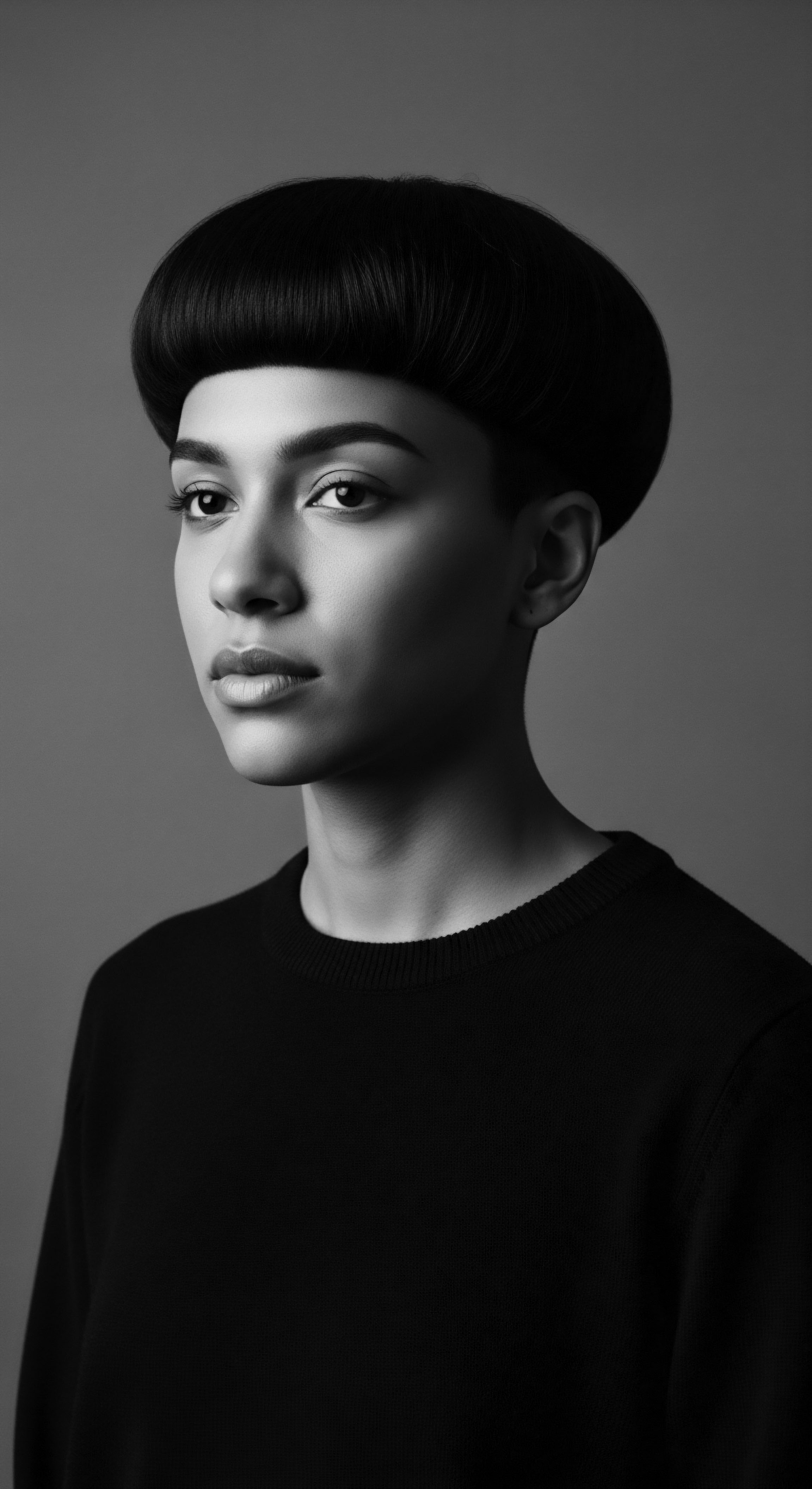
How did ancestral wisdom shape textured hair rituals?
Ancestral wisdom shaped textured hair rituals through deep environmental attunement, natural resourcefulness, and profound cultural symbolism.

What ancestral customs influence modern textured hair care?
Ancestral customs guide modern textured hair care through deep heritage in protective styling, natural ingredients, and holistic wellness.

What is the heritage of using clay for coiled hair?
The heritage of using clay for coiled hair is rooted in ancient African traditions, offering deep cleansing, nourishment, and styling support.

What ancestral methods protected textured hair from environmental elements?
Ancestral methods protected textured hair through natural ingredients, protective styles, and mindful nightly rituals, deeply rooted in heritage.

Did ancient plant dyes dry textured hair?
Ancient plant dyes rarely dried textured hair when integrated into ancestral holistic care regimens that balanced color with deep moisture.

What traditional care practices for textured hair leverage natural fermentation?
Traditional care practices for textured hair leverage natural fermentation to enhance nutrient absorption and preserve ancestral beauty rituals.

How do ancestral traditions hydrate textured hair?
Ancestral traditions hydrated textured hair by using natural ingredients and protective styles to seal in moisture and honor its intrinsic nature.

What traditional care rituals support textured hair’s health?
Traditional care rituals for textured hair preserve ancestral wisdom, fostering health and celebrating cultural identity through inherited practices.

Can ancestral dyeing methods inform modern textured hair care?
Ancestral dyeing methods offer a heritage-infused blueprint for textured hair care, prioritizing natural ingredients and holistic well-being.

What historical care traditions relate to modern textured hair practices?
Historical traditions of textured hair care inform modern practices through shared heritage, protective styling, and natural ingredients.

What did ancestral communities know about textured hair?
Ancestral communities understood textured hair through observation, ritual, and natural remedies, deeply connecting it to identity and heritage.

Which oils are historically used for textured hair protection?
Historically, oils like shea butter, coconut oil, and castor oil protected textured hair, a practice deeply rooted in ancestral heritage for moisture and strength.

How does cultural heritage guide plant selection for textured hair?
Cultural heritage guides textured hair plant selection through inherited wisdom, adapting botanical remedies to specific hair needs and communal practices across generations.

Which North African ingredients traditionally condition textured hair?
North African traditions, centered on ingredients like argan oil, rhassoul clay, henna, and fenugreek, conditioned textured hair as an act of heritage and holistic care.

What is the ancestral understanding of textured hair porosity?
Ancestral understanding of textured hair porosity involved keen observation of how hair absorbed and retained moisture, guiding traditional care through generations.

Why did Amazonian communities favor specific butters for textured hair traditions?
Amazonian communities favored specific butters for textured hair due to their unique lipid profiles that deeply hydrated, protected, and defined natural curl patterns, a heritage of environmental attunement.

